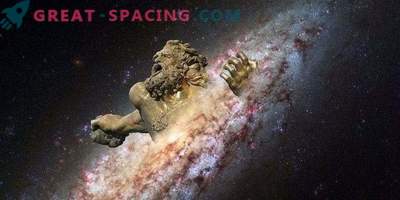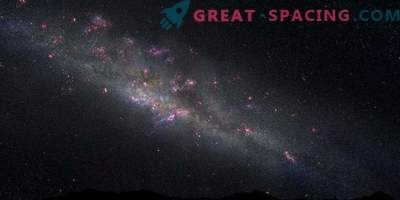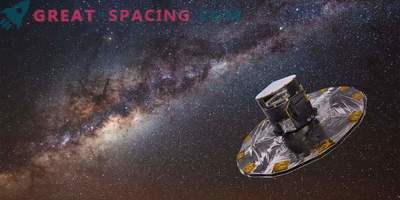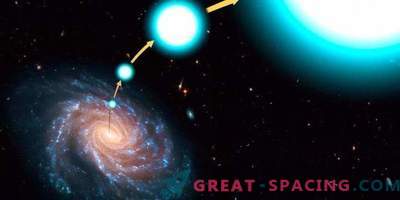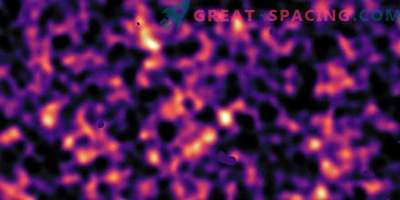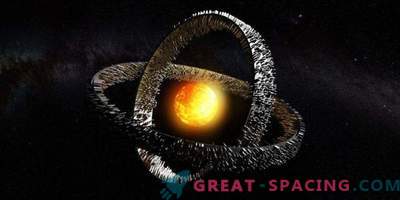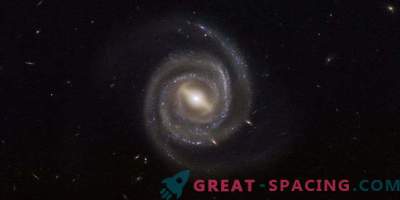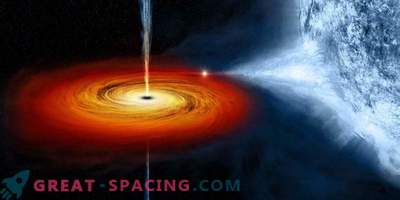
Positions and reconstructed orbits of 20 high-speed stars. Seven of them are displayed in red - run away from the Milky Way and are able to travel at a high enough speed to avoid its gravity. Also found 13 stars (orange), which are sent to our galaxy (may originate from another galaxy)
The astrologers team used the latest Gaia ESA mission data set to look for high-speed stars ejected from the Milky Way. However, they were surprised to see several objects trying to break through to us from perhaps another galaxy.
In April, ESA star explorer Gaia released an unprecedented catalog of information for more than 1 billion stars. Over the past few months, scientists around the world have looked at an unusual set of data, carefully studying the properties and motions of stars in our galaxy and beyond.
More than 100 billion stars live on the territory of the Milky Way. Most of them are located on a disk with a dense convex center, in the midst of which is a supermassive black hole. The rest live in a much more spherical halo. The stars revolve around the Milky Way at speeds of hundreds of kilometers per second, and their movements provide valuable information about the past history of the galaxy. The fastest stellar class is called the stars of hyper speed, which begin life near the galactic center, then to move to the edge by contact with a black hole. For all the research time, a small number of hyper speed stars were found, and the latest release of Gaia provides an advanced search option. For 1.3 billion stars, the mission measured the location, parallaxes (distance indicator) and two-dimensional movements on the sky plane. For 7 million of the brightest stars, they also recorded how quickly they move away or approach in relation to us. Of these, managed to find 20 stars, whose speed is high enough to eventually escape from the Milky Way.
But it is also surprising that many stars, at high speeds, instead of escaping from the galactic center, rush towards it. There is an assumption that these intergalactic violators came from the Large Magellanic Cloud - a relatively small galaxy orbiting ours. Or they rushed from more distant places. If so, then these stars bear the imprint of their place of origin and will allow to explore other galaxies.
Stars are able to accelerate upon contact with a supermassive black hole. Then the presence of “alien” stars hints at the presence of black holes in neighboring galaxies. Or such objects may be part of a binary system where one of the members exploded as a supernova and threw the second one in our direction. There is an alternative explanation. Perhaps these stars are native to the galactic halo, which accelerated and rushed inward due to interaction with one of the dwarf galaxies passing by the Milky Way. Additional data on the age and composition of stars will help to understand their origin.
Gaia continues to observe the sky, including the stars analyzed in this study. Studying the nature of these possible “trespassers”, the team also carefully looks at the full data set of the second release, focused on higher-speed stars. In the 2020s. scheduled exits for at least two more data releases. As a result, scientists expect to get a full 3D-speed of 150 million stars.

